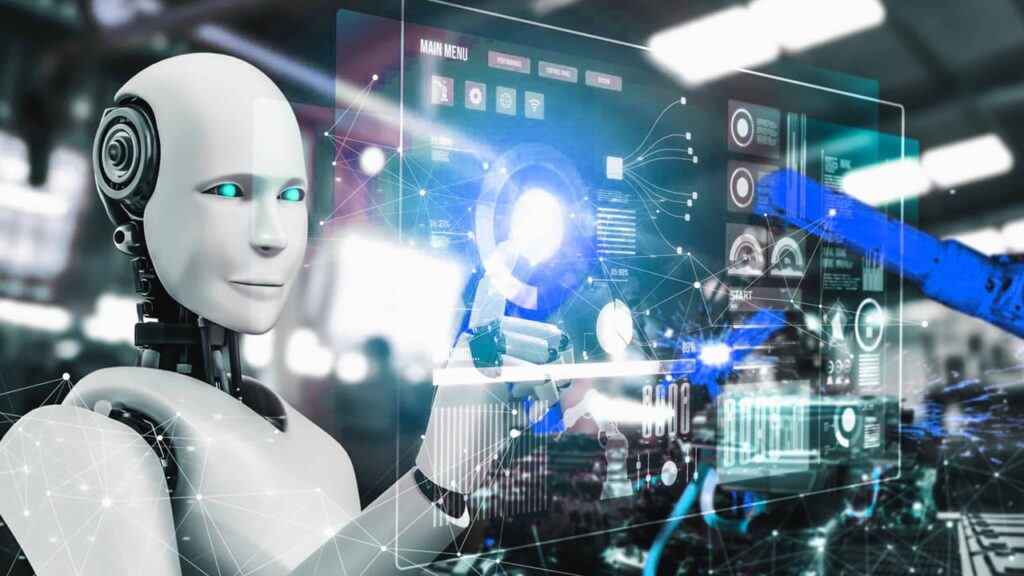
How Artificial Intelligence Works for Content Detection In the digital world, content is being created every second — from social media posts to blogs, videos, and advertisements. But with this rapid growth, there’s also a challenge: making sure content is genuine, safe, and meets certain guidelines. This is where AI Content Detection comes in. If you’ve ever wondered how artificial intelligence work to detect and analyze content, you’re about to find out.
How Artificial Intelligence Works for Content Detection
AI content detection is the process where AI systems scan, analyze, and identify different types of content whether it’s text, images, audio, or video to determine if it’s original, safe, or meets specific criteria. It’s like having a highly trained digital inspector that works 24/7 without getting tired.
For example, AI can detect if a piece of text was generated by a human or by an AI tool, spot inappropriate images, or identify plagiarism. It can also detect misleading information, harmful language, or copyright violations.
How Artificial Intelligence Work Behind the Scenes
When people ask, “how artificial intelligence work” for detecting content, the answer involves multiple steps:
-
Data Collection – AI starts by gathering huge amounts of example data, such as genuine and fake text, safe and unsafe images, or correct and incorrect information.
-
Machine Learning Models – These models are trained on the collected data so they can recognize patterns. For text, AI learns sentence structures, grammar patterns, and writing styles. For images, it learns shapes, colors, and object features.
-
Pattern Recognition – AI uses algorithms to scan new content and compare it against what it has learned. This helps it decide if something looks suspicious or authentic.
-
Natural Language Processing (NLP) – For text-based detection, AI uses NLP to understand meaning, tone, and context, not just the words themselves.
-
Continuous Learning – AI detection systems improve over time. Every time they make a correct identification, they become more accurate.
Types of Content AI Can Detect
-
Text Detection – Plagiarism checking, grammar issues, AI-generated text identification.
-
Image Detection – Recognizing inappropriate visuals, fake images, or manipulated graphics.
-
Video & Audio Analysis – Detecting deepfakes, harmful speech, or misleading editing.
-
Spam & Fake News Filtering – Identifying misleading or harmful content online.
Why AI Content Detection Matters
Without content detection, the internet could be flooded with misinformation, harmful media, and stolen work. AI helps businesses, educators, and platforms maintain trust and safety. For example:
-
Social Media uses AI to block harmful or fake content.
-
Schools & Universities use it to check student assignments for plagiarism.
-
News Websites use AI to spot fake stories before they spread.
The Future of AI Content Detection
As AI becomes more advanced, content detection will become even more accurate and faster. In the future, AI might even prevent harmful content from being uploaded in the first place. However, it’s important to balance AI’s power with ethical use, ensuring privacy and fairness.
If you’ve been curious about how artificial intelligence work for spotting fake or harmful material, the answer lies in its ability to learn from data, recognize patterns, and keep improving. AI content detection is not just a tech trend — it’s a crucial tool for keeping the digital world safe, trustworthy, and fair.


